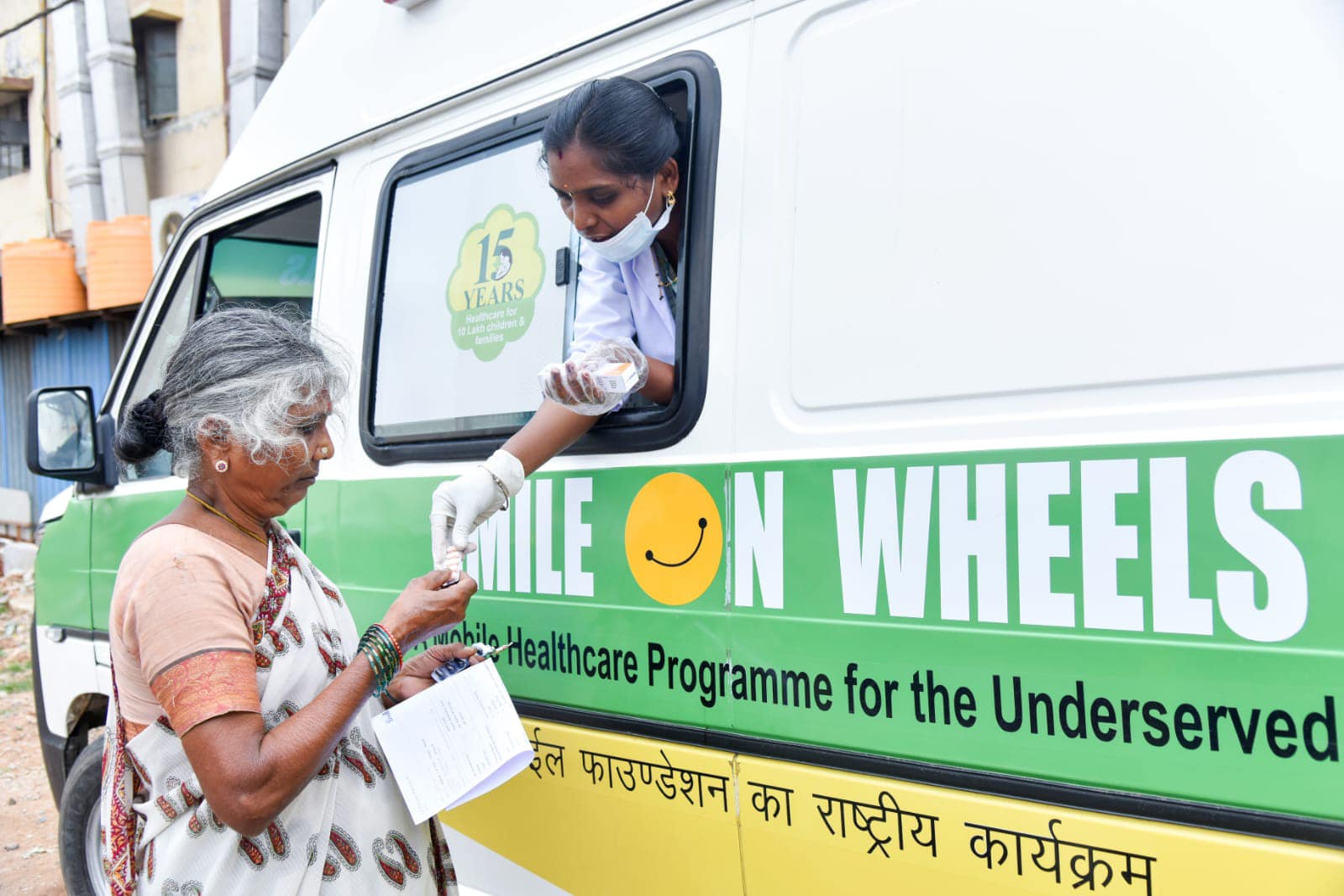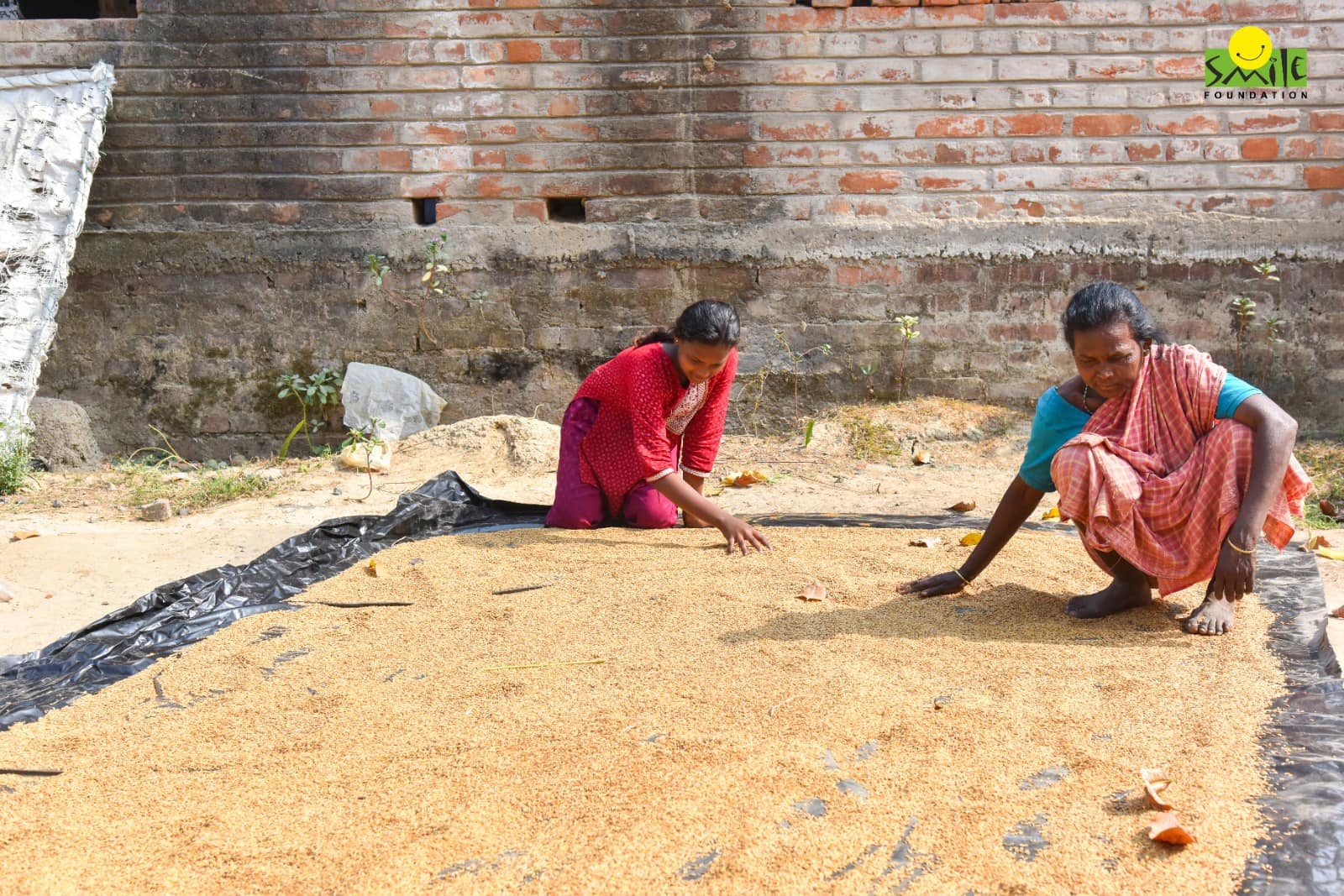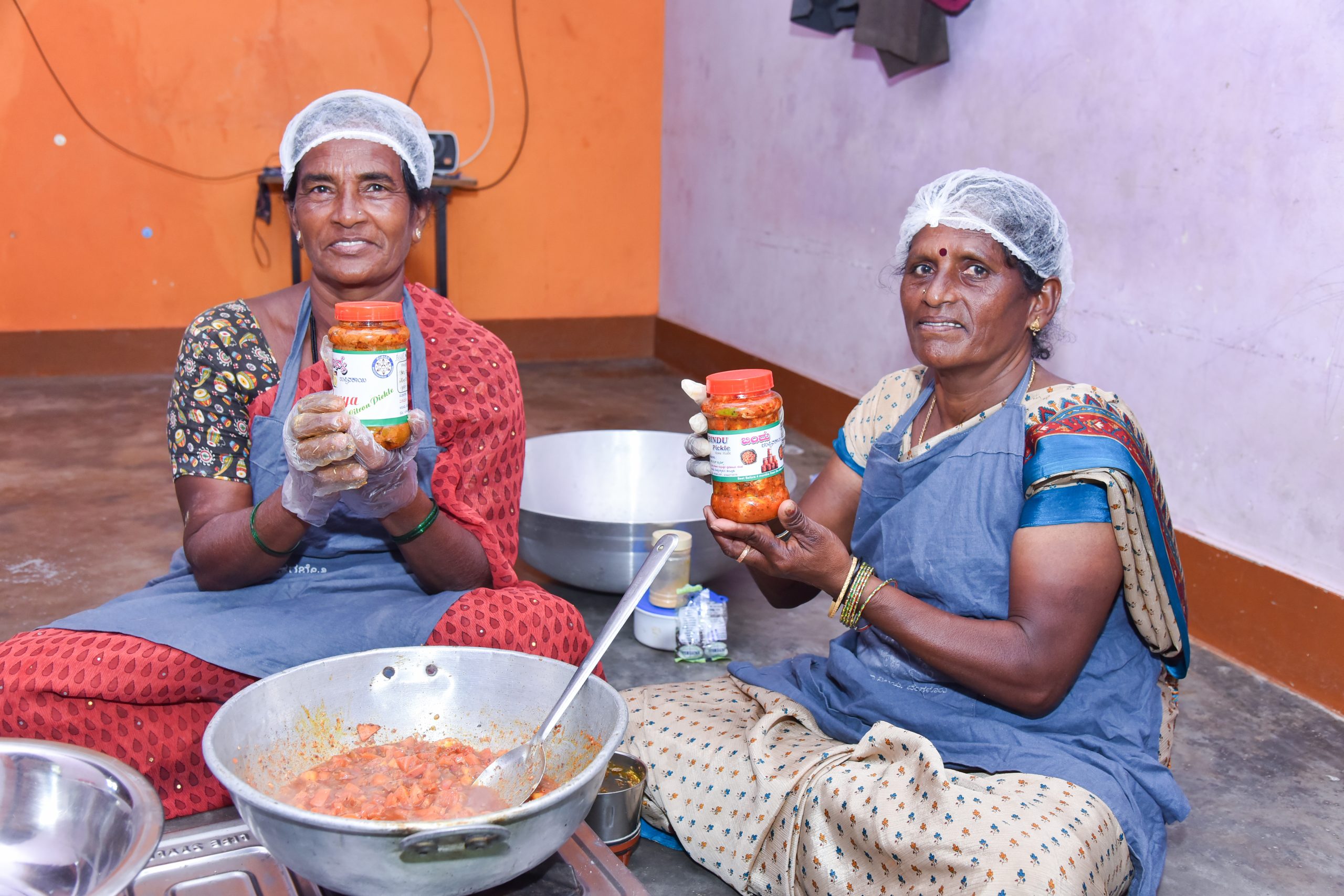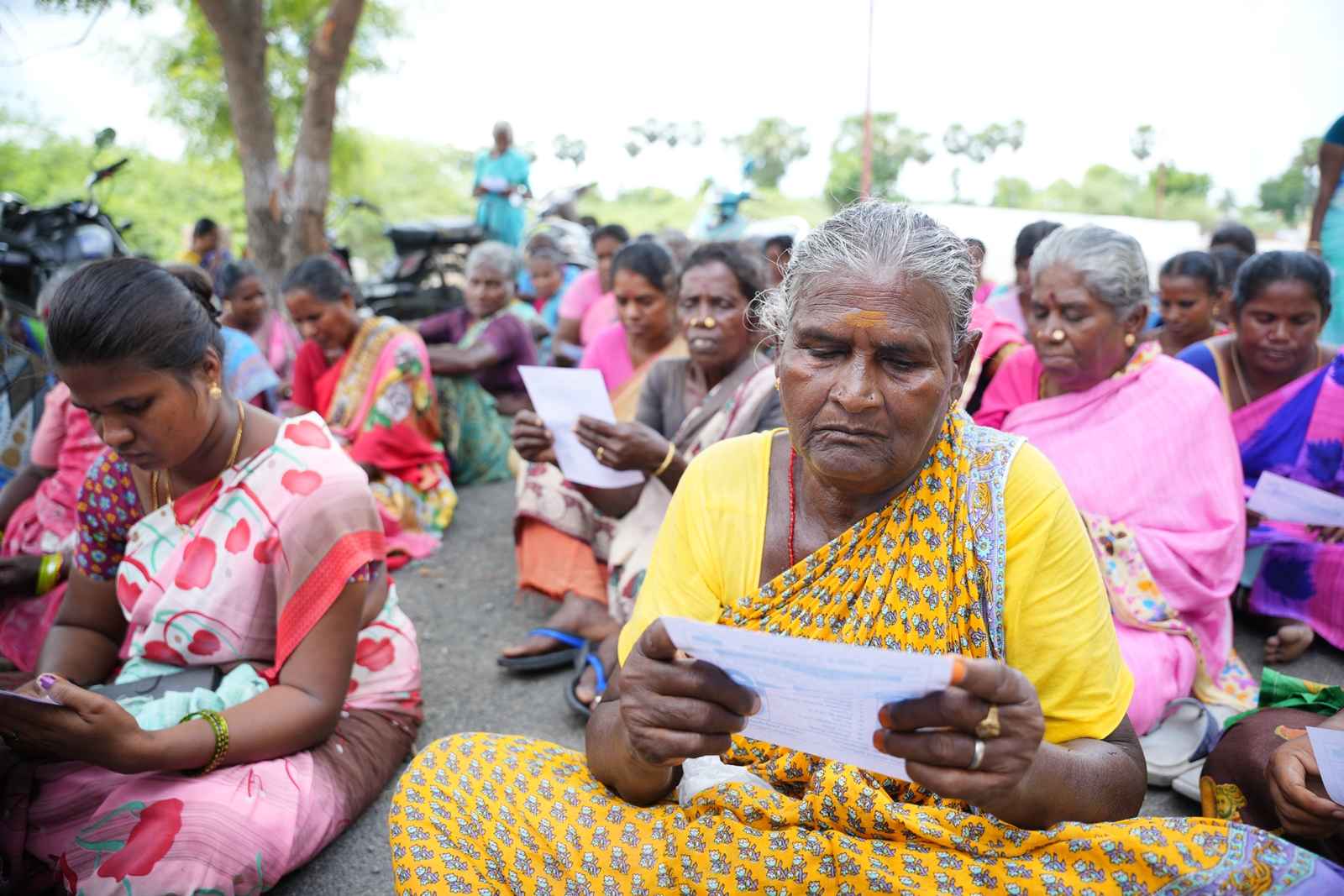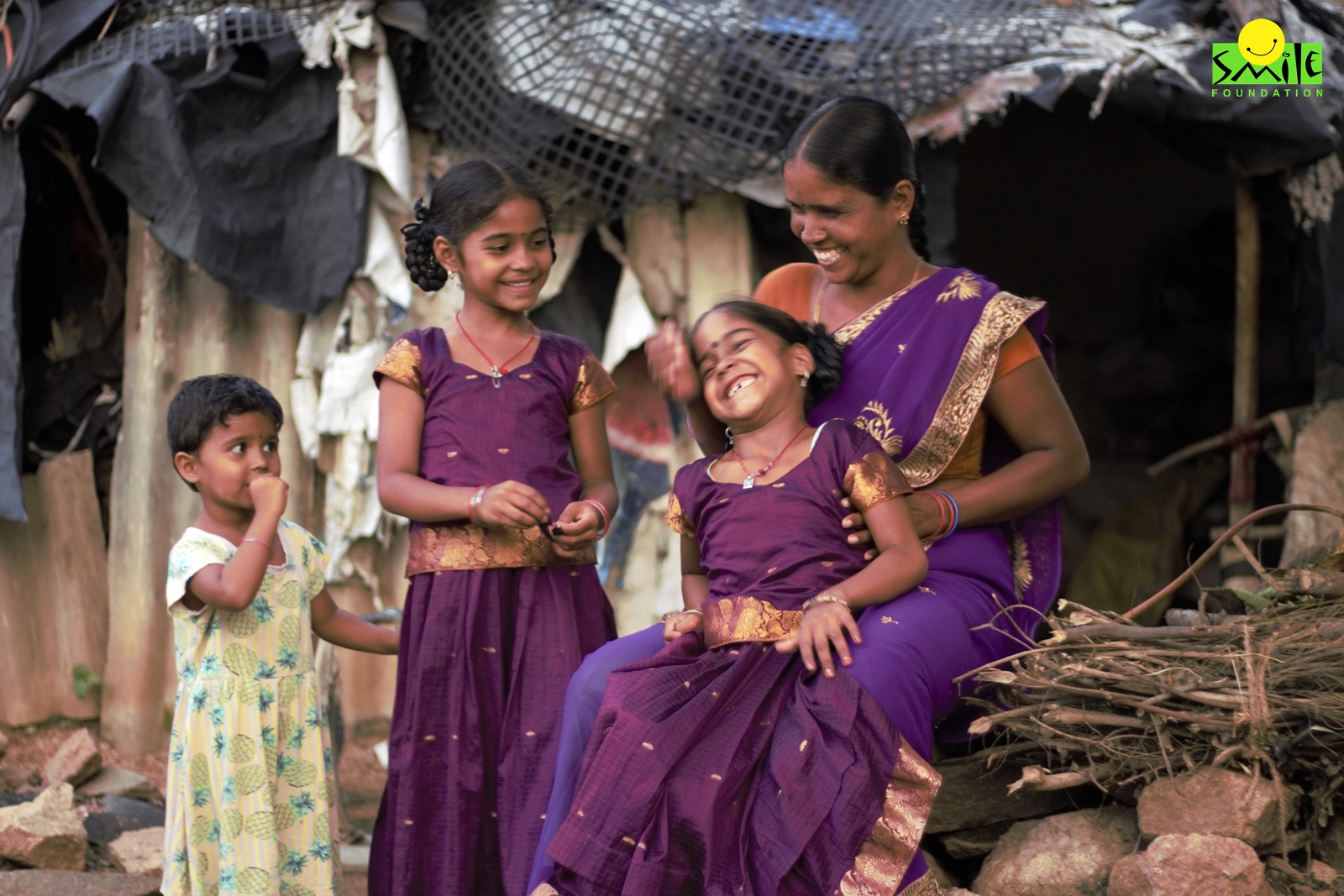Certain groups consistently find themselves at a disadvantage. Among these, children, women and the elderly are often identified as the most vulnerable.
Vulnerability, in a social and economic context, refers to the susceptibility of individuals or groups to harm due to their exposure to various risks. Children, women and the elderly are frequently categorised as the most vulnerable due to their unique physical, social and economic characteristics that make them more susceptible to harm.
Vulnerable Children
Children are among the most vulnerable members of society due to their inherent dependence on adults, exposure to exploitation, and susceptibility to health issues.
- Dependence on Adults Children rely heavily on adults for their basic needs, including food, shelter and protection. Their lack of autonomy and decision-making power makes them dependent on caregivers, who may not always act in their best interest.
- Exposure to Abuse and Exploitation Unfortunately, children are often victims of child labor, trafficking and abuse. Legal protections, while essential, are not always sufficient or effectively enforced, leaving many children unprotected.
- Impact of Poverty and Lack of Access to Education Child poverty has far-reaching effects, limiting access to education and perpetuating a cycle of disadvantage. No access to education, such as financial burden and gender discrimination, have long-term consequences on their future opportunities.
- Health and Nutrition Malnutrition and inadequate healthcare access severely impact the growth and development of children. In many parts of the world, children suffer from preventable diseases due to lack of vaccinations and medical care.
- Impact of Conflict and Displacement Children in war zones and refugee situations face extreme physical and psychological trauma. Displacement disrupts their lives, depriving them of education, stability and a safe environment.
- Climate Change Vulnerability Children are disproportionately affected by climate change, facing increased risks from natural disasters, food insecurity, and health issues. Their developing bodies and dependency on adults make them particularly vulnerable to the adverse effects of a changing climate.
Vulnerability of Women
Women’s vulnerability stems from systemic gender discrimination, violence, economic disparities and reproductive health issues.
- Gender Discrimination and Inequality Patriarchal structures and systemic discrimination limit the opportunities and freedom of women. Gender wage gaps and restricted employment opportunities hinder women’s economic independence and empowerment.
- Violence Against Women Domestic violence, sexual harassment and assault are pervasive issues. Legal frameworks intended to protect women often fall short in providing real safety and justice.
- Reproductive Health and Rights Access to healthcare and family planning services is crucial for the health of women. High maternal mortality and morbidity rates highlight the disparities in reproductive health services.
- Economic Disparities Women face significant barriers to economic participation and entrepreneurship. Unpaid labor and caregiving responsibilities further exacerbate these economic disparities, limiting the financial independence of women.
- Educational Barriers Gender-based educational differences hinder women empowerment and independence. Lack of education limits women’s opportunities and perpetuates cycles of poverty and inequality.
- Climate Change Vulnerability Women, particularly in developing regions, are more vulnerable to the effects of climate change. Their roles in agriculture and as primary caregivers mean they bear the brunt of climate-related food and water shortages, exacerbating existing inequalities.
Vulnerability of the Elderly
The elderly face unique vulnerabilities related to health, economic stability, social isolation and technological changes.
- Health Issues and Access to Healthcare: Chronic illnesses and age-related health problems are prevalent among the elderly. Accessibility and affordability of healthcare services are critical issues that many older adults face.
- Economic Vulnerability: Retirement income and pension issues leave many elderly individuals financially insecure. Employment discrimination and forced retirement further exacerbate their economic vulnerability.
- Social Isolation: Loneliness is a significant mental health issue for the elderly. Community support systems are vital, but they are often inadequate or inaccessible.
- Abuse and Neglect: Elder abuse, both in domestic and institutional settings, is a serious issue. Legal protections and effective reporting mechanisms are necessary to safeguard the rights and well-being of older adults.
- Impact of Technological and Social Changes: Rapid technological advancements and social changes can marginalise the elderly, making it challenging for them to stay connected and engaged.
- Climate Change Vulnerability The elderly are more susceptible to the effects of climate change, such as extreme heat, natural disasters and health impacts. Limited mobility and existing health issues can make it harder for them to respond to and recover from climate-related events.
Intersectionality of Vulnerable Groups
- Multiple Layers of Discrimination: Individuals who belong to more than one vulnerable group often face compounded risks. For example, elderly women or children from minority backgrounds may experience intersecting forms of discrimination and disadvantage.
- Policy Implications: Inclusive policies must address these intersectional vulnerabilities. Integrated approaches are essential to creating effective and sustainable solutions.
Addressing Vulnerability
Effective policies and programs are important. Governments and NGOs must collaborate to provide comprehensive support and protection to vulnerable groups. Grassroots movements and community support are vital for resilience. Community-driven initiatives can effectively address local needs and challenges.
Educational programmes and advocacy efforts play a significant role in empowering vulnerable groups. Awareness campaigns and policy advocacy can drive societal change.
Then there is technology to support the vulnerable groups by providing access to resources, services and information. Examples include telemedicine for the elderly and educational apps for children.
By understanding and addressing the vulnerabilities of children, women and the elderly, we can work towards a society that values and protects all its members, ensuring that no one is left behind.




